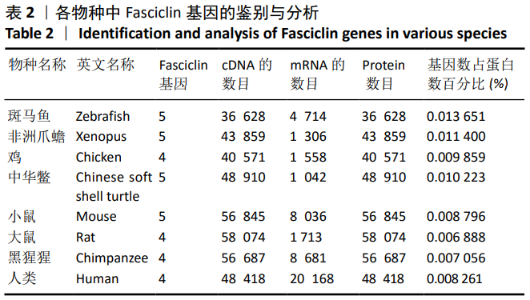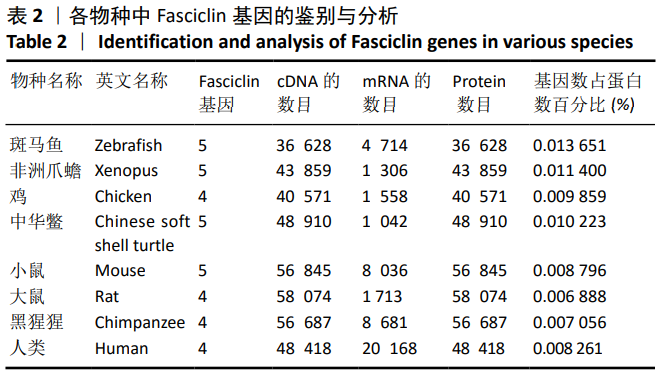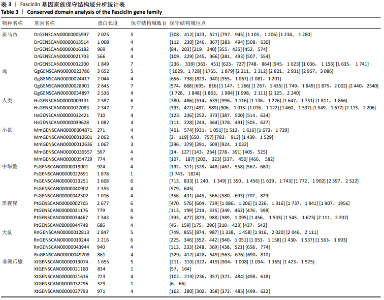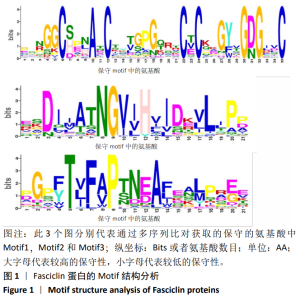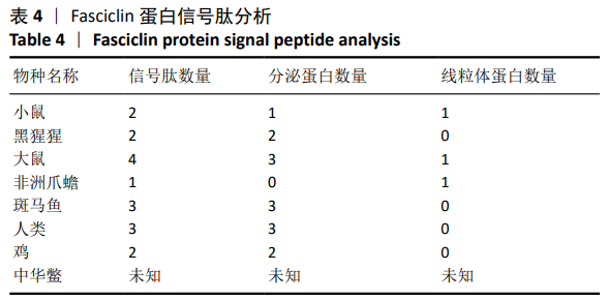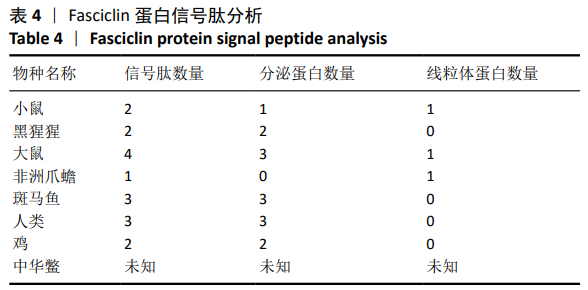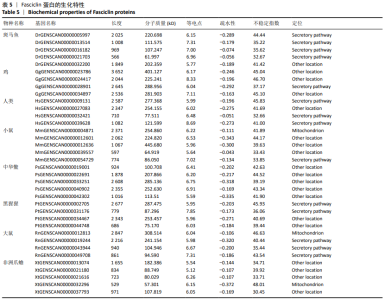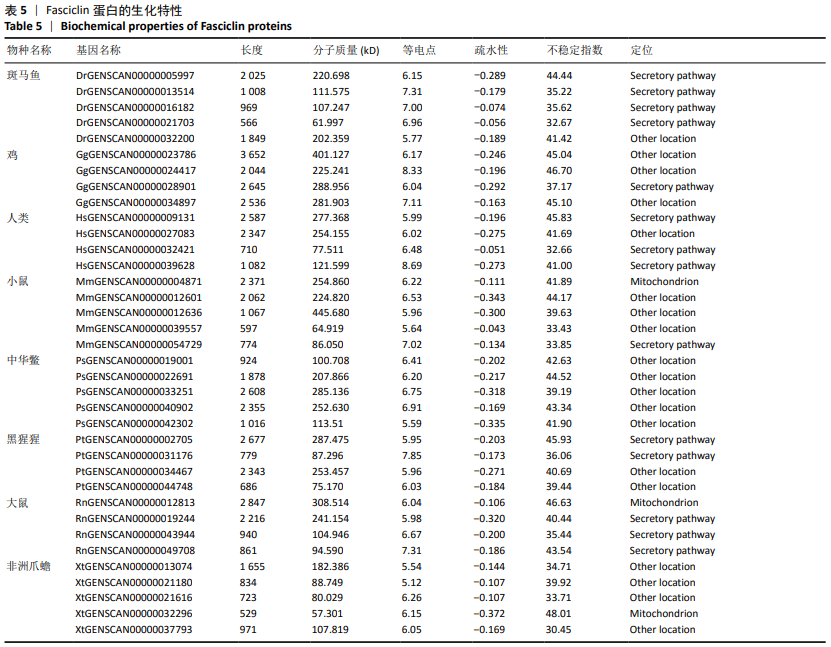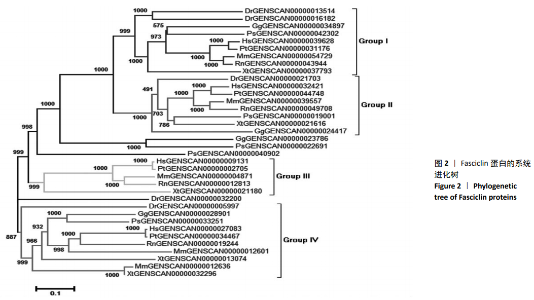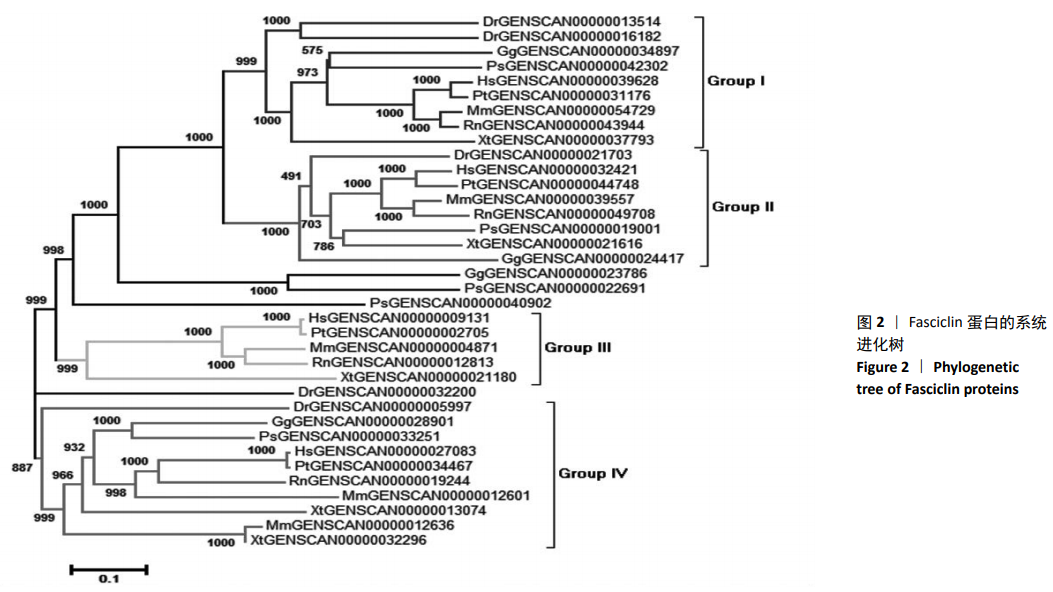[1] SHI C, WU T, HE Y, et al. Recent advances in bone-targeted therapy. Pharmacol Ther. 2020;207:107473.
[2] 靳慧,葛娅娜,张成仁,等.成骨细胞中基因表达的调控[J].中国组织化学与细胞化学杂志, 2011,20(5):499-501.
[3] 程余婷,伍超,黄晓林,等.低剂量唑来膦酸对去势拔牙大鼠破骨及成骨细胞的影响[J].中国组织工程研究,2020,24(17): 2686-2693.
[4] 王春杰,刘茂东,王斯,等.成骨细胞特异性因子2 的研究进展[J].中华临床医师杂志(电子版),2013,7(9):4020-4022.
[5] XU D, MA HM, XIAO DF. Molecular characterization, tissue expression profile, and single nucleotide polymorphism analysis of the periostin gene in swine. Genet Mol Res. 2016;15(1):15017187.
[6] TAKARADA T, HINOI E, NAKAZATO R, et al. An analysis of skeletal development in osteoblast-specific and chondrocyte-specific runt-related transcription factor-2 (Runx2) knockout mice. J Bone Miner Res. 2013;28(10):2064-2069.
[7] SUGIURA T, TAKAMATSU H, KUDO A, et al. Expression and characterization of murine osteoblast-specific factor 2 (OSF-2) in a baculovirus expression system. Protein Expr Purif. 1995;6(3):305-11.
[8] SWATI S, VINITA H. Identification of coding sequence and its use for functional and structural characterization of catalase from Phyllanthusemblica. Bioinformation. 2018;14(1):8-14.
[9] 黎帮勇,胡尚连,曹颖,等.毛竹NAC转录因子家族生物信息学分析[J].基因组学与应用生物学,2015,34(8):1769-1777.
[10] LEHNEN M, EBERT BE, BLANK LM. A comprehensive evaluation of constraining amino acid biosynthesis in compartmented models for metabolic flux analysis. Metab Eng Commun. 2017;5:34-44.
[11] GARG VK, AVASHTHI H, TIWARI A, et al. MFPPI-Multi FASTA ProtParam Interface. Bioinformation. 2016;12(2):74-77.
[12] 邓小燕,徐胜超.基于Yarn云平台的生物基因多序列比对并行算法[J].基因组学与应用生物学,2019,38(7):3009-3015.
[13] 冀志蕊,董庆龙,谷彦冰,等.砀山酥梨TCP基因家族全基因组鉴定与分析[J].基因组学与应用生物学,2017,36(2):766-773.
[14] BONNET N, GARNERO P, FERRARI S. Periostin action in bone. Mol Cell Endocrinol. 2016;432:75-82.
[15] MUROTA H, LINGLI Y, KATAYAMA I. Periostin in the pathogenesis of skin diseases. Cell Mol Life Sci. 2017;74(23):4321-4328.
[16] DAVID N, BETHANY BM. The role of periostin in lung fibrosis and airway remodeling. Cell Mol Life Sci. 2017;74(23):4305-4314.
[17] IDOLAZZI L, RIDOLO E, FASSIO A, et al. Periostin: The bone and beyond. Eur J Intern Med. 2017;38:12-16.
[18] GONZÁLEZ-GONZÁLEZ L, ALONSO J. Periostin: a matricellular protein with multiple functions in cancer development and progression. Front Oncol. 2018;8:225. |
